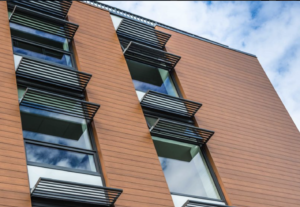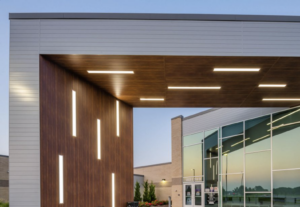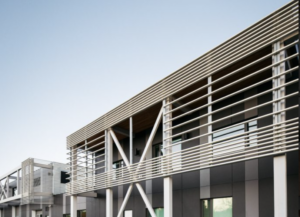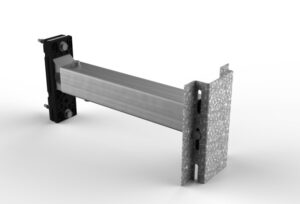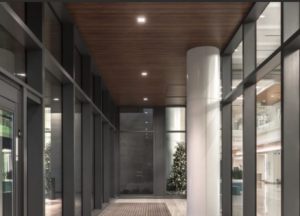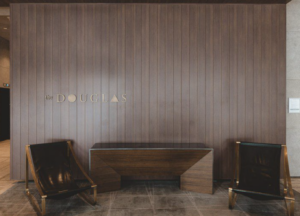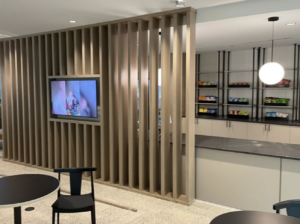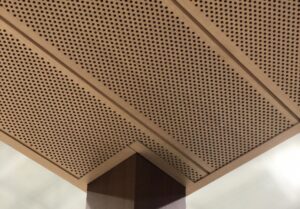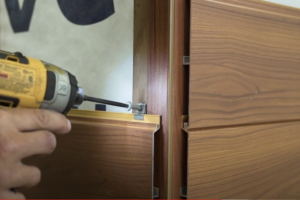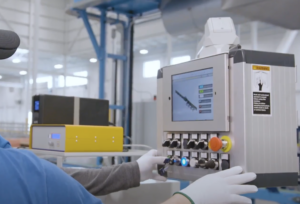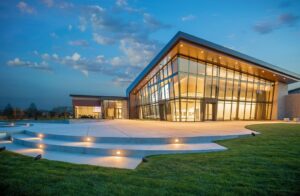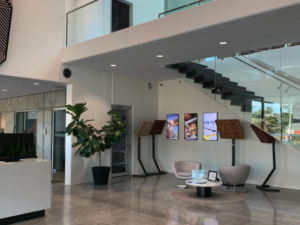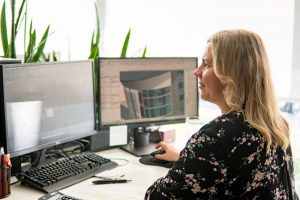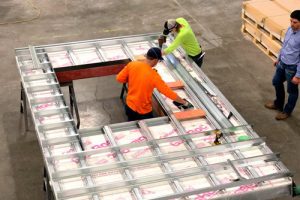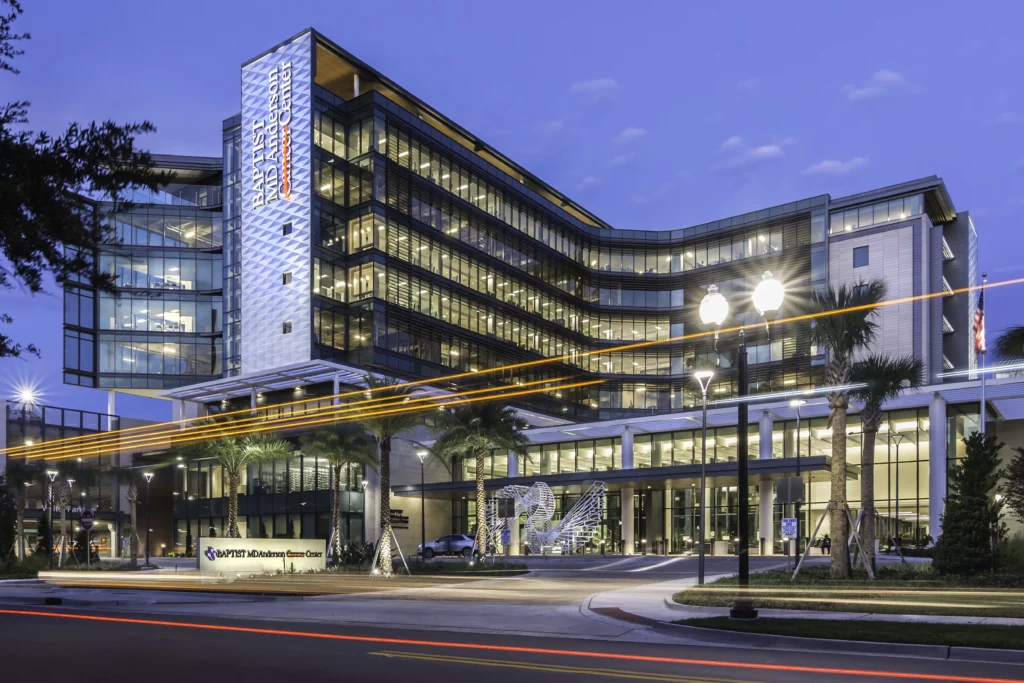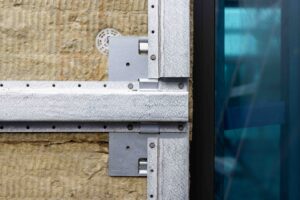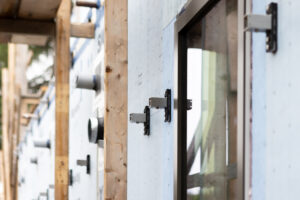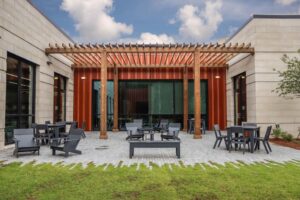Content Type:
Trends
Project Type:
Healthcare
System Name:
-
Installation:
Exterior
From structural integrity and aesthetic appeal to thermal comfort, technological advancements, acoustics, and security, façades design plays a vital role in healthcare environments.
Today, we take a look at each of these aspects and the impacts they have on façade designs in healthcare buildings.
Patient Comfort
When designing hospitals and healthcare premises, patient comfort takes center stage. Factors such as natural daylight, quiet surroundings, and thermal comfort play crucial roles in facilitating patient recovery.
Façade design solutions, including low-emissivity coatings, double-glazed units, shading screens, and responsive façades, contribute to creating an optimal healing environment. Ample access to daylight in patient rooms, coupled with measures to ensure thermal comfort, fosters a soothing and restorative experience for patients.
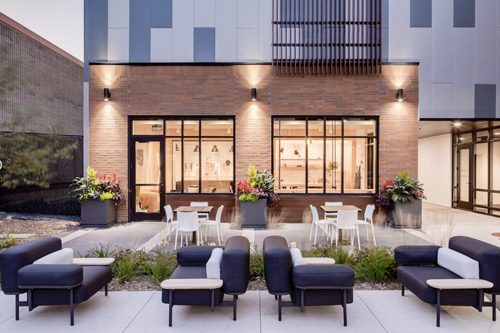
Energy Efficiency and Sustainability
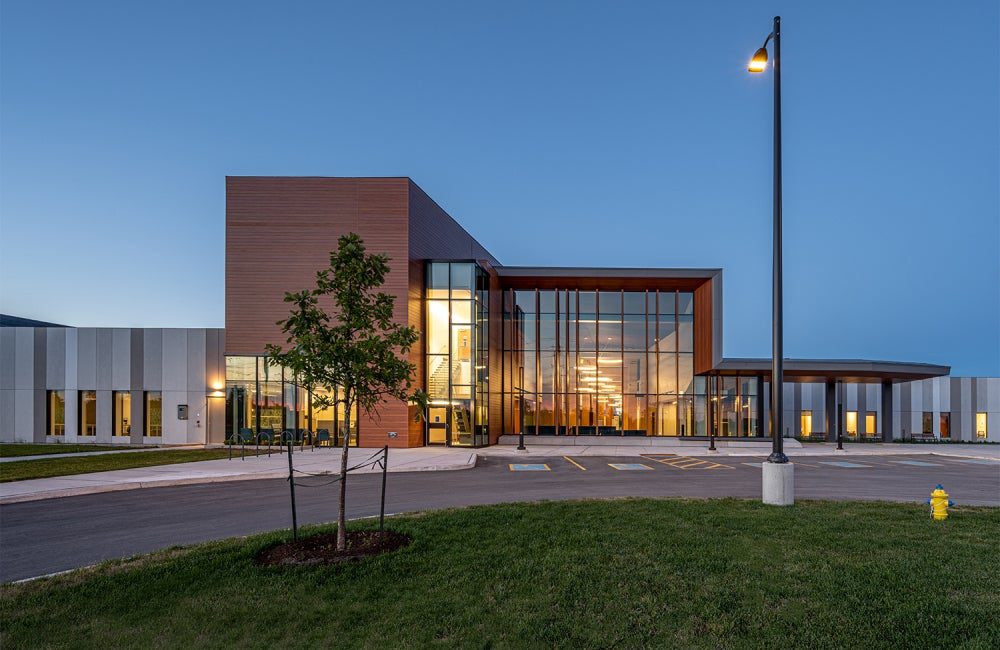
Façade design profoundly influences the energy efficiency and sustainability of healthcare buildings. Strategies like high-performance glazing, shading devices, and smart façade systems optimize energy consumption and reduce the carbon footprint.
By effectively managing natural light, solar heat gain, and indoor environmental quality, healthcare facilities can promote healthier and more efficient spaces for occupants. Such initiatives align with sustainability goals and contribute to the long-term operational efficiency of the facility.
Smart Façade Designs
Integrating advanced technologies and automation, smart façade designs enhance the functionality and performance of healthcare buildings. Dynamic shading systems, responsive glazing, and integrated sensors adapt to changing environmental conditions, optimizing natural light, solar heat gain, and privacy.
Smart façades also contribute to the overall sustainability of healthcare facilities by improving energy efficiency and enhancing user comfort. These intelligent systems ensure that healthcare environments remain adaptable and responsive to the needs of patients, staff, and visitors.
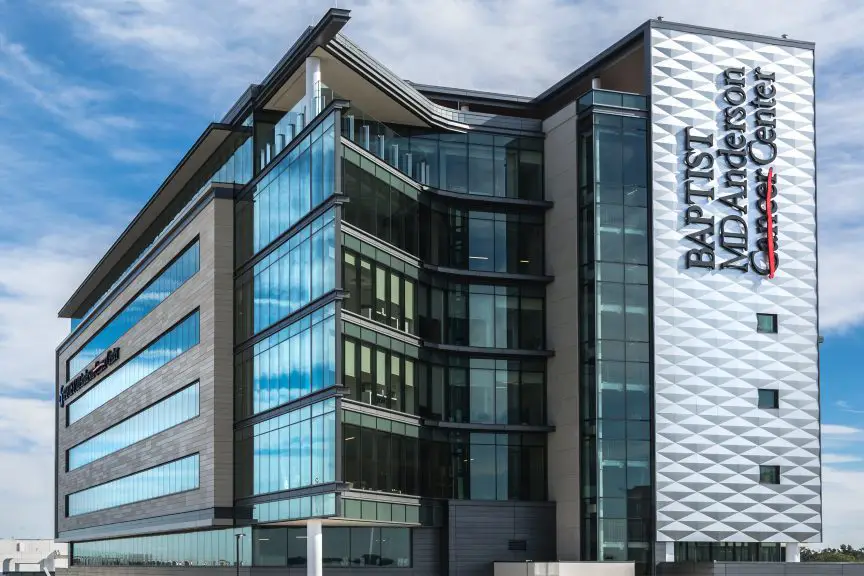
Aesthetics and Brand Identity
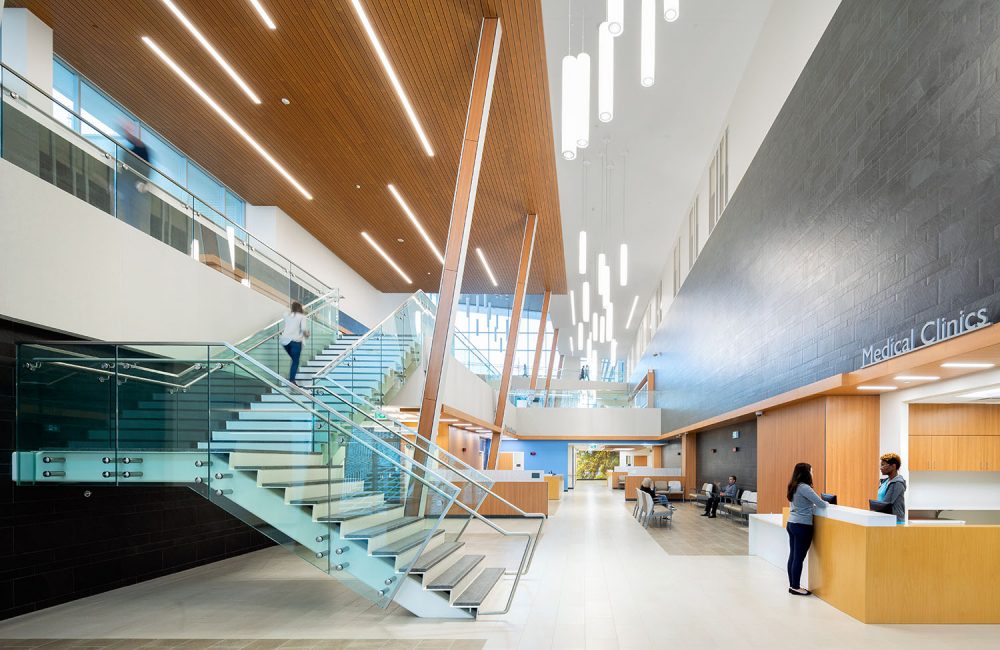 The appearance of healthcare facilities holds significant importance, creating a welcoming and visually appealing environment. Façade design becomes a crucial element in establishing a positive first impression and reflecting the identity of the institution.
The appearance of healthcare facilities holds significant importance, creating a welcoming and visually appealing environment. Façade design becomes a crucial element in establishing a positive first impression and reflecting the identity of the institution.
Thoughtful material selection, color schemes, and architectural design can transform hospital façades from uninspiring to aesthetically pleasing, supporting a positive patient experience and the well-being of staff and visitors. Additionally, durable and low-maintenance materials contribute to the long-term performance and durability of hospital façades.
Façade design in healthcare environments extends beyond aesthetics, encompassing patient comfort, energy efficiency, sustainability, smart building integration, and brand identity.
With a thoughtful approach to façade design, healthcare facilities can elevate the healing process, promote sustainability, and deliver exceptional experiences for patients, staff, and visitors alike.
Frequently Asked Questions
How do façade designs in healthcare settings address the specific needs of different patient demographics, such as children or elderly patients?
In healthcare settings, façade designs tailored to different patient demographics, like children or the elderly, can include elements that stimulate positivity or tranquility through colors, natural light, and interactive features.
What are the cost implications of implementing advanced façade technologies in healthcare buildings compared to traditional designs?
The cost implications of advanced façade technologies in healthcare are significant, as these designs often involve high-quality materials and innovative construction methods, but they can lead to long-term savings through energy efficiency and improved patient outcomes.
How do healthcare facility façades contribute to the well-being and productivity of the medical staff and other employees within these environments?
Well-designed healthcare façades can enhance the well-being and productivity of medical staff by providing a more comfortable and aesthetically pleasing work environment, potentially reducing stress and improving focus.

